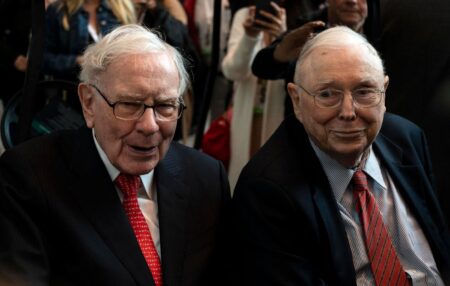With the vast majority of earnings reports complete in the wake of the busiest week of the season, the headline earnings decline moderated to better than the decline expected at the end of the quarter. The S&P 500 fell by over 2% for the week, pressured by the 10-Year Treasury yield climbing above 4%. This week’s earnings reports decline to a trickle, with only 33 companies reporting. In the wake of the mixed July jobs report, the consumer price index (CPI) report on Thursday will be the primary focus.
With the end of the reporting season in sight, blended earnings, which combine actual with estimates of companies yet to report, are almost sure to end better than forecasts at the end of the quarter. The consumer discretionary sector is expected to post the highest year-over-year growth rate at 52.1%. This increase is primarily due to Amazon.com (AMZN), which had a significant earnings beat after reporting a loss in the second quarter of 2022.
The over 30% year-over-year decrease in the average oil price for the quarter has caused expectations for year-over-year earnings and revenues for the energy industry to have the largest declines of any sector.
Warren Buffett has remained upbeat on the sector as regulatory filings showed that Berkshire Hathaway (BRKA, BRKB) bought more Occidental Petroleum (OXY) shares in June and now owns more than 25% of the company. Chevron
CVX
CVX
With 84% of the results complete, the blended earnings performance has outperformed expectations at the end of the quarter. Combining actual results with consensus estimates for companies yet to report, the blended earnings growth rate for the quarter is at -5.2% year-over-year, ahead of the expectation of -6.8% at the end of the quarter but improved sharply this week.
Ten of the eleven sectors saw their blended earnings estimates rise over the previous week. While multiple sectors led to the improvement in the headline results, the consumer discretionary, technology, and healthcare sectors were the most significant contributors to the improvement in the headline earnings, according to FactSet.
Outside of earnings season, last week’s jobs report added gave no reason to doubt that the short-term probability of a recession remains very low. While the headline month-over-month change in job growth in the payrolls report was below expectations and looks consistent with some mild softening in the labor market, other measures of job growth make the picture murkier. The U.S. household survey research series, which adjusts the household survey of employment to make it comparable with the payroll report, showed significantly more robust job growth.
Whatever your preferred job measure, the bond market tells you that the economy remains in growth mode at 10-year Treasury yields have climbed above 4%. In addition, wage growth remained higher than the comfort level for the Federal Reserve at 4.4% year-over-year.
With the busiest week of earnings effectively putting a bow on earnings season, the final result was earnings outperforming the ugly consensus estimates on June 30. While corporate profits have probably bottomed for the short term, rising yields are competing against stocks and could signal the need for more Federal Reserve rate increases. Since the jobs report did little to provide enough data to predict future Federal Reserve rate hikes better, the CPI report on Thursday will be closely watched for more clues.
Read the full article here













